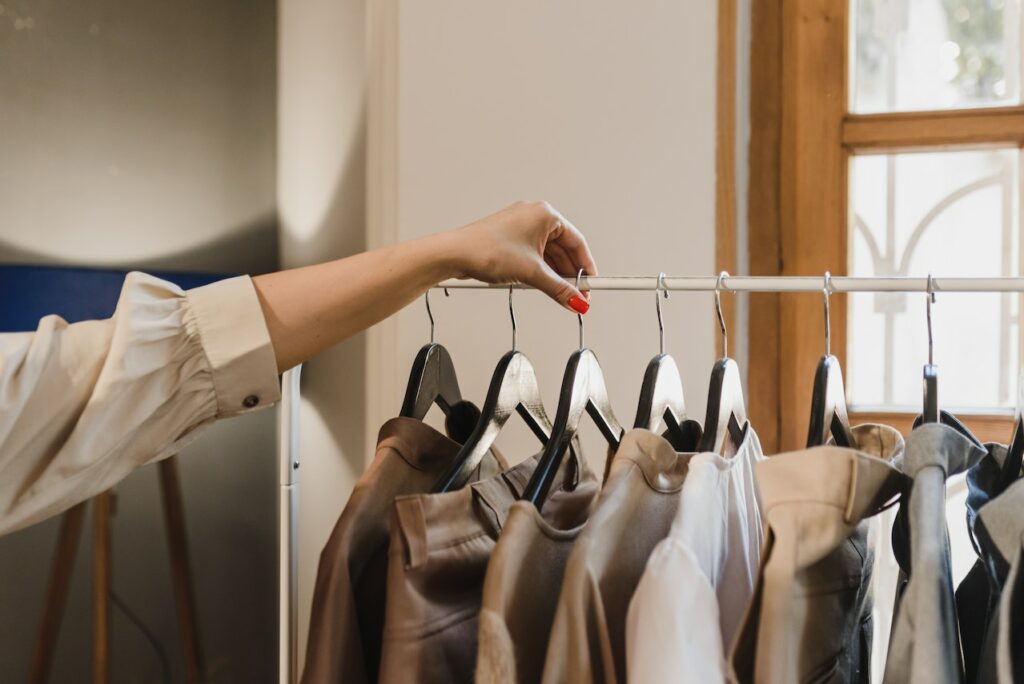
Haute stuff
7 July, 2023
Is green the new black? The luxury market is undergoing a radical transformation as it adapts to the growing spending power of Gen Z.
Gen Z along with Millennials accounted “for the entire growth of the luxury market in 2022,”, and are predicted to represent 70% of luxury spending by 2025, according to Bain & Company. This is a generation which has high standards, especially when it comes to the sustainability credentials of the brands they wear. As their disposable income grows, so does the importance of meeting their expectations.
Which gives rise to several questions. Do they really hold luxury brands to a higher standard than other brands? And if so, what are the issues they focus on? Is it child labour, environmental concerns, materials, inclusivity, and diversity? What are they looking for and how are you future-proofing your brand today for tomorrow?
The sector is changing quickly, and these questions are crucial to guiding a path forward that delivers for people, planet and profit. At the Global Fashion Summit in Copenhagen last week, the first industry-specific guide for fashion brands to reduce their impacts on nature was launched. At the Summit, Paul Polman, former CEO of Unilever, urged the sector to “play its part in building a nature-positive economy and the CEOs and companies who move without delay will reap the benefits – and so will their investors.”
To navigate this space, at Good Business we’re speaking to eminent sustainability professionals in the luxury fashion sector to gather their expert views. This will inform a briefing note on the growth of expectations in the industry, what issues are most important, and how fashion houses are transforming their businesses. Is this relevant to you? Drop us a message– we’d love to hear what you think.
In return, we’ll share an insider view of what experts and industry professionals are seeing happening, where the biggest challenges ahead lie, and what they are doing to address these rising expectations.
By Alice Railton
 Back to all friday 5
Back to all friday 5